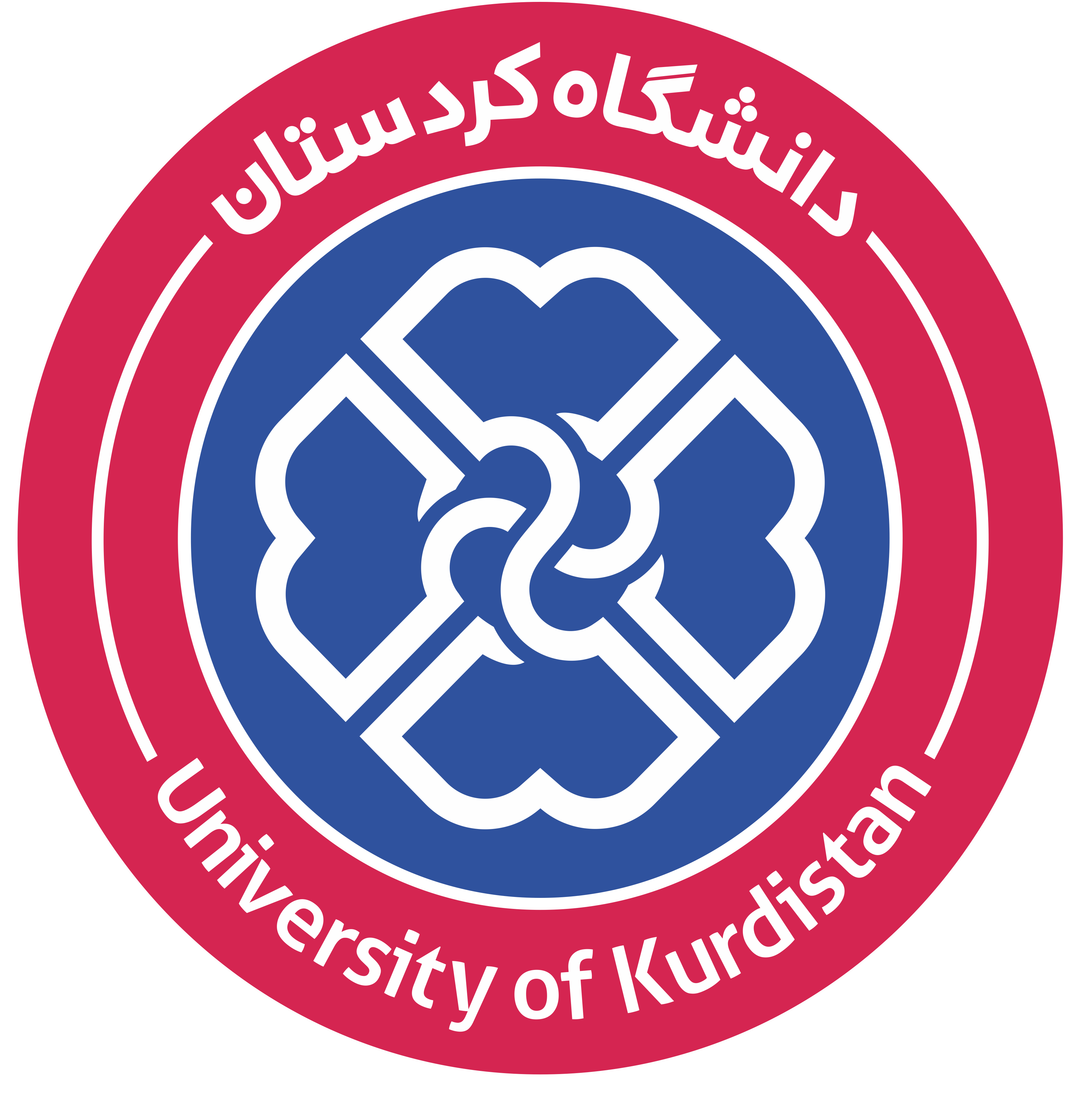Update: 2025-10-28
پریسا علیزاده
دانشکده کشاورزی / گروه اقتصاد کشاورزی
Master Theses
-
تحلیل اقتصادی تولید، کارایی و بهرهوری عوامل تولید محصول گوجهفرنگی با تاکید بر مدیریت یکپارچهسازی اراضی (مطالعه موردی: شهرستان کامیاران)
گوجهفرنگی محصول مهمی در دنیای اقتصاد کشاورزی و سبد غذایی مردم به شمار میرود و طی سالهای اخیر میزان تولید آن در جهان افزایش یافته است. با توجه به اهمیت گوجهفرنگی و جایگاه ایران در تولید آن، پژوهش حاضر با هدف تحلیل اقتصادی تولید، بهرهوری و کارایی محصول گوجهفرنگی با تاکید بر مدیریت یکپارچه سازی اراضی در شهرستان کامیاران به عنوان قطب تولید گوجهفرنگی در غرب کشور صورت گرفته است. در این تحقیق از طریق نمونهگیری تصادفی ساده یک نمونه200 عددی از گوجهفرنگیکاران شهرستان کامیاران تعیین و از طریق مصاحبه و تکمیل پرسشنامه اطلاعات و دادههای لازم به صورت مقطعی برای سال زراعی 1402-1401 جمعآوری شد. در این پژوهش، بهرهوری کل عوامل تولید از طریق شاخص وزنی کندریک و کارایی فنی از روش تابع تولید مرزی تصادفی محاسبه شد. یافتهها بیانگر وجود رابطهی مستقیم بین اندازهی مزرعه با بهرهوری کل عوامل تولید و کارایی فنی گوجهفرنگیکاران منطقه مورد بررسی است. طبق نتایج، متوسط میزان بهرهوری و کارایی محصول گوجهفرنگی در مزارع بزرگ بسیار بیشتر از مزارع متوسط و خرد بوده است. با استفاده از معیارهای اقتصادسنجی فرم تابعی کاب-داگلاس به عنوان مناسبترین فرم تابع تولید گوجهفرنگی در نظر گرفته شد و به منظور بررسی عوامل موثر بر کارایی و بهرهوری عوامل تولید به ترتیب از فرم تابعی کاب-داگلاس و نیمه لگاریتمی استفاده شد. نتایج نشان داد، در میان نهادههای تولیدی، سطح زیرکشت بیشترین تاثیر مثبت و معنیدار را بر میزان تولید، کارایی و بهرهوری کل عوامل تولید این محصول دارا میباشد. همچنین متغیرهای ماشینآلات، نیروی کار و تعداد دفعات آبیاری تاثیر مثبت و نهادههای کود حیوانی، کود شیمیایی، سم مایع و سم قارچ کش تاثیر منفی بر میزان تولید، کارایی و بهرهوری کل عوامل تولید این محصول دارند. در میان متغیرهای اقتصادی-اجتماعی نیز متغیر سن تاثیر منفی و متغیر تجربه کار کشاورزی و تحصیلات تاثیر مثبتی بر میزان تولید، کارایی و بهرهوری کل عوامل تولید گوجهفرنگی شهرستان کامیاران دارند. طبق نتایج بدست آمده از تحقیق به منظور افزایش کارایی و بهرهوری کل عوامل تولید این محصول، افزایش سطح دانش فنی کشاورزان، آموزش تکنیکهای مدیریتی به کشاورزان به منظور بهبود تصمیمگیری و عملکرد آنها، سیاستهای حمایتی دولت و ارائه تسهیلات مالی به کشاورزان به منظور تشویق آنها به استفاده از تکنولوژیهای نوین پیشنهاد میشود. همچنین به منظور رفع مشکل خردی و پراکندگی مزارع، راهکارهای از جمله اجرای
-
بررسی کانالهای توزیع در زنجیرهی ارزش شیر خام واحدهای دامداری سنتی و نیمه صنعتی (مطالعه موردی: شهرستان سقز)
شیر با ارزشترین ماده غذایی است که تقریباً تمامی مواد لازم برای رشد و ادامه زندگی انسان را دارا میباشد و در تغذیه و رشد کودکان بسیار اهمیت دارد. شیر تنها مادهی غذایی است که میتواند به طور متعادل اغلب نیازهای غذایی انسان را تامین کند. از نظر تغذیه و بهداشت میزان مصرف سالانه مواد لبنی در یک کشور، نشانهای از وضعیت اجتماعی-اقتصادی و بیانگر سلامت افراد آن جامعه است. از آنجا که ظرفیّت پذیرش شیرخام در سطح شهرها محدود است، برای کمک به کارآیی نظام بازاریابی، بررسی کانالهای توزیع و عوامل موثر بر انتخاب نوع کانال بازاریابی ضرورت دارد. این مطالعه با هدف شناسایی کانالهای فروش شیرخام و بررسی عوامل موثر بر انتخاب کانالهای بازاریابی شیر توسط دامداران در چارچوب الگوی لاجیت چندگانه مورد بررسی قرار گرفت. در مطالعهی حاضر 4 کانال فروش محصول خام شامل (فروش مستقیم به کارخانه)، (فروش به خریدار محلی، مصرفکننده نهایی)، (فروش به واسطه، خریدار محلی و مصرفکننده نهایی) و (فروش مستقیم به مصرفکننده نهایی) و همچنین 3 کانال فروش محصولات ثانویه شامل (فروش مستقیم به مصرفکننده نهایی)، (فروش به خریدار محلی و مصرفکننده نهایی) و (فروش به واسطه، خریدار محلی و مصرف کننده نهایی) مورد مطالعه قرار گرفت. بر این اساس، 120 دامداری سنتی، 40 دامداری نیمه صنعتی، 2 کارگاه فرآوری لبنیات، 30 فروشگاه لبنیاتی و 1 مرکز جمعآوری شیر به عنوان نمونه برای مطالعه انتخاب گردید. نمونهگیری از دامداران شهرستان سقز واقع در استان کردستان به روش تصادفی ساده انجام شد و دادهها از طریق تکمیل پرسشنامه جمعآوری شد. با استفاده از مدل لاجیت چندگانه، عوامل موثر بر انتخاب نوع کانالهای بازاریابی مورد بررسی قرار گرفت. برپایهی یافتههای پژوهش، 1/37 درصد از دامداران، محصول شیر خام را در کانال اول (فروش مستقیم به کارخانه)، 27 درصد در کانال دوم (فروش به خریدار محلی، مصرفکننده نهایی)، 7/15 درصد درکانال سوم (فروش به واسطه، خریدار محلی و مصرفکننده نهایی) و 2/20 درصد در کانال چهارم (فروش به واسطه، خریدار محلی و مصرف کننده نهایی) به فروش میرسانند. همچنین 5/25 درصد از دامداران در کانال اول (فروش مستقیم به مصرفکننده نهایی)، 7/37 درصد در کانال دوم (فروش به خریدار محلی و مصرفکننده نهایی) و 8/36 درصد نیز در کانال سوم بازاریابی (فروش به واسطه، خریدار محلی و مصرف کننده نهایی) محصولات ثانویه خود را به فروش میرسانند. نتایج نشان داد، با افزایش متغیر سن، احتمال انتخاب کانال اول کاهش و احتمال انتخاب کانالهای دوم، سوم و چهارم افزایش مییابد همچنین با افزایش فاصله دامداری از مرکز شهر، احتمال انتخاب کانال چهارم کاهش و احتمال انتخاب کانالهای اول، دوم و سوم افزایش مییابد. در نهایت به منظور بهبود وضعیت بازاررسانی شیر خام و افزایش کارآیی بازار آن پیشنهاد شد که تعاونیهای دامداران برای افزایش قدرت چانهزنی تولید کنندگان و کاهش قدرت واسطههای بازار ایجاد شود.















